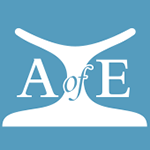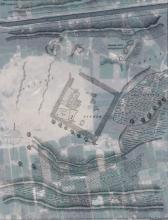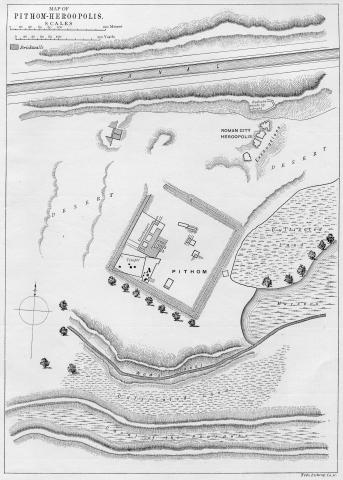The large mud brick enclosure (approximately 210 by 210 metres) contains a badly preserved temple. The site was first occupied by the Hyskos in the Second Intermediate Period and then refounded by Nectanebo II when the construction of the canal linking the Pelusiac branch with the Red Sea was started. Darius I completed the project and erected stele in commemoration of the deed. The material culture from the site, particularly the large trading amphora, are testament to the popularity of the canal.
Catalogue of Egyptian antiquities : found in the peninsula of Sinai, and at Pithom, Oxyrhynkhos, and Thebes, and drawings of tombs at Saqqara, for the Egypt Exploration Fund and Egyptian Research Account, 1905 ; exhibited at University College, London, June 29th to July 29th. 1905. London.
Paice, Patricia, John S. Holladay Jr., and Edwin C. Brock 1996. The Middle Bronze Age / Second Intermediate Period houses at Tell el-Maskhuta. In Bietak, Manfred (ed.), Haus und Palast im Alten Ägypten / House and palace in ancient Egypt, 159-173. Wien: Verlag der Österreichischen Akademie der Wissenschaften.


